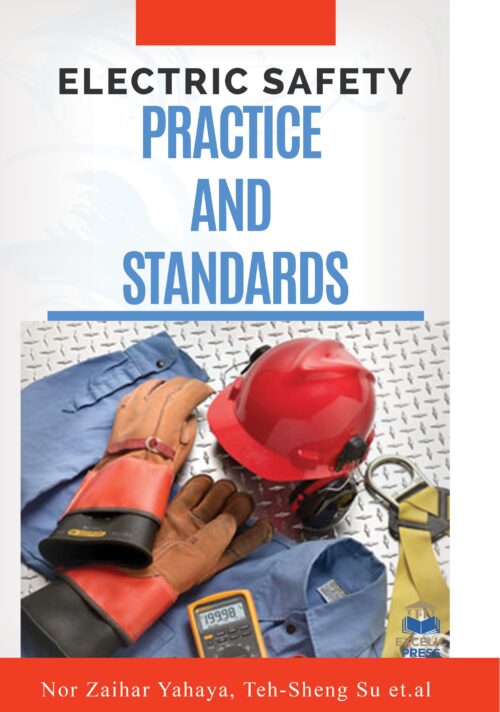Description
We live in an electrified society. Most of our modern devices, instruments, and appliances at work, at home, and for leisure are electricity powered either through electrical utilities, and/or through the use of batteries. Electrical safety is not just important for electricians and electrical workers; it is also important for faculty, staff and students who work with electrically powered devices or who are engaged in activities that may result in electrical hazards. Electrical accidents are proportionately severe and costly. The number of accidents reported to the authorities has no longer decreased during the past decade. Also, electrical accidents are not as rare as statistics imply as many minor accidents remain unreported. Current measures to increase electrical safety are not effective enough. In order to decrease the number of electrical accidents, there is a need for more information about electrical accident risks at the operative level. According to accident investigation reports, most electrical accidents occur because certain safety procedures are not carried out prior to work. Still, there is little information as to the reasons why these safety procedures are omitted, and what other significant electrical accident risks electrical professionals currently face.
Electric Safety: Practice and Standards is a compendium delivering revolutionary information on practical cases to cover material directly related to industry practice and standards, including examples drawn from real-world cases and studies and develop techniques to assess safety practices at worksites and provide remedies to correct safety problems. It specifically addresses working in restricted areas; working near exposed energized overhead lines or parts; operating equipment near radio and microwave transmission towers; working on electrical equipment and systems; personal protective grounding; temporary wiring; disconnect and over current protection; ground-fault protection; and hazardous locations. It reveals innovative information about electrical professionals’ electrical accident risks that can be utilized in the prevention of electrical accidents and promotion of electrical safety.
This book is intended to provide electrical safety principles and best practices for students and practicing engineers in the course of work, research and academic activities where electrical hazards exist.





